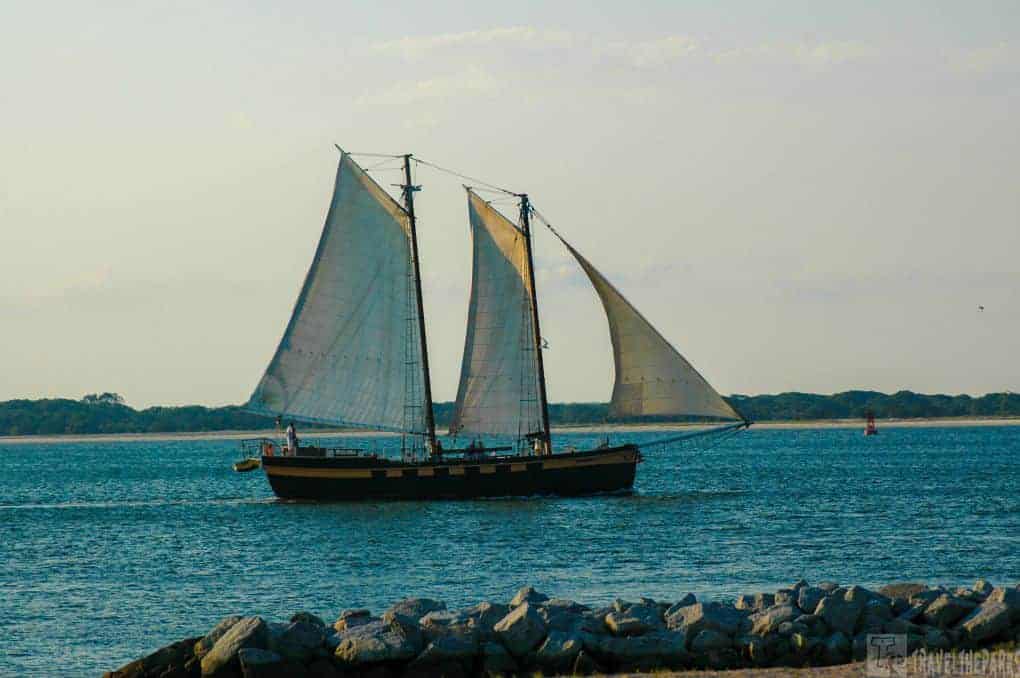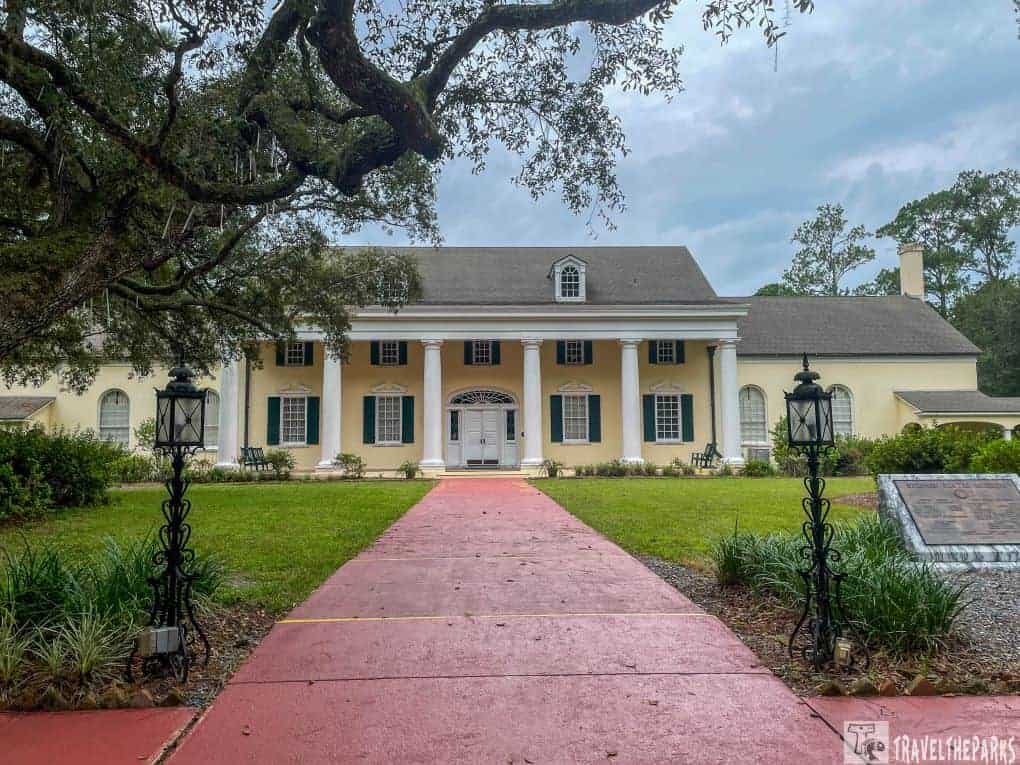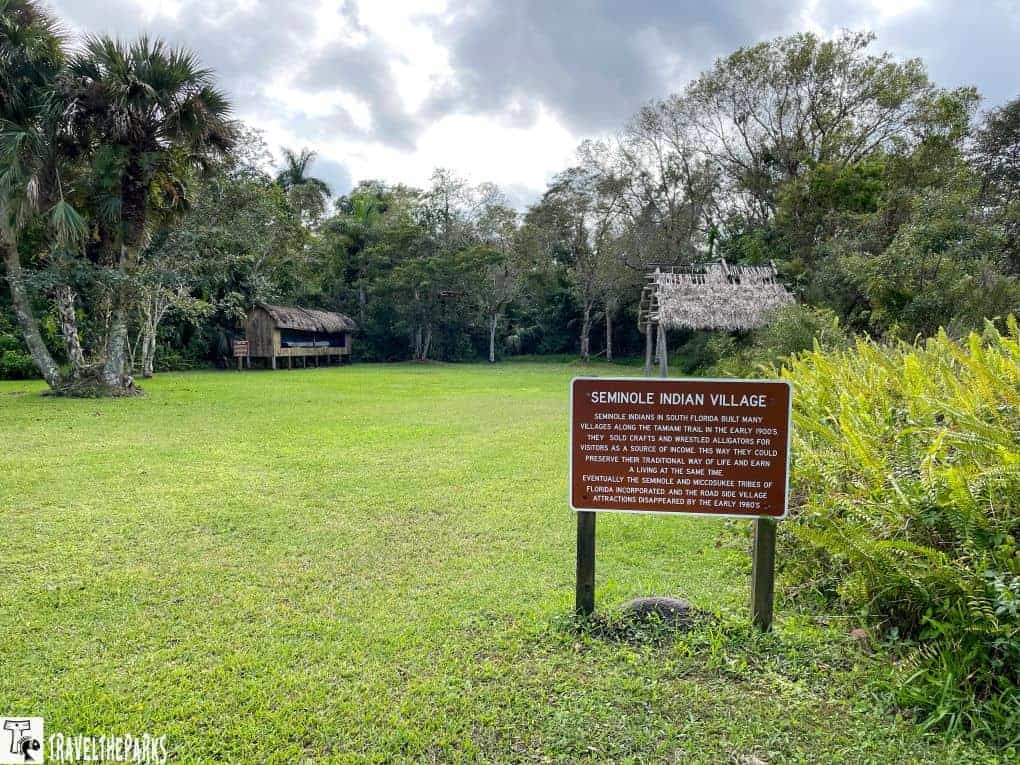Why is it called the Buccaneer Trail? Supposedly, many millions of dollars of pirate’s treasure could be buried on many of the coastal barrier islands. Treasure hunters search the beaches in pursuit of uncovering the buried booty. Instead of gold and silver, often the only loot they discover are ancient shark’s teeth and beautiful seashells. Exploring the Treasure on the Buccaneer Trail, the scenic drive is rich in historical sites that trace the route taken by early pirates and explorers. A legendary road in Florida, A1A island, hops its way south.
This post may contain affiliate links, meaning if you purchase something through one of these links, we may earn a small commission at no extra cost to you! Read the full disclosure policy here.
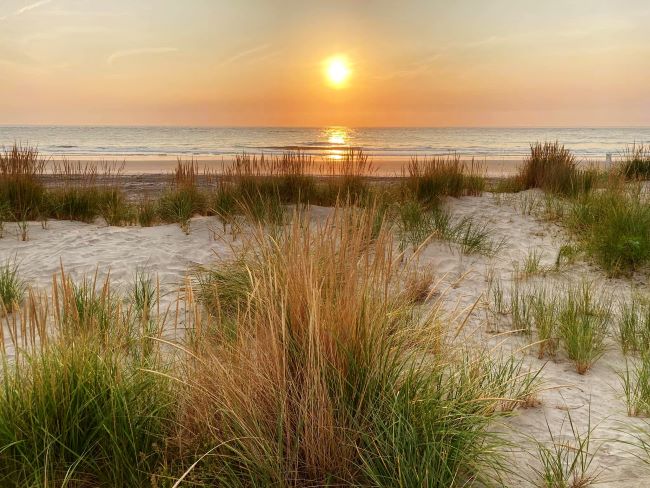
Table of Contents
Pirate Origins of Florida’s Buccaneer Trail
The Buccaneer Trail opened in 1952, envisioned as a way for travelers to avoid the congestion of the Interstate. The drive along A1A gives tourists spectacular views of the eastern Atlantic coastline beaches. A much slower pace it follows State Road A1A starting in Fernandina Beach on the Amelia Island and extends south 120-miles to Daytona Beach. Originally a toll road, today the road traverses through some of the finest coastal salt marshes, marine hardwood hammocks, and white sand beaches on its way to ending in Miami and the Florida Keys.

The trail formally began in Yulee, Florida, on Hwy 301. However, crossing the bridge over the Intracoastal Waterway, A1A begins as you descend into Fernandina Beach. Often referred to as the Isle of Eight Flags because of the many countries that claimed the Island throughout history. The 8 flags include the French, Spanish, British, Patriot Flag, Green Cross of Florida, Mexican Rebel, Confederate and last, the United States. The island was first settled by Timucuan Indians around the year 1000. Long before European settlers arrived, they lived peaceably thriving on the bounty of the resources provided by the Atlantic waters. With European settlement, the area attracted more than its share of pirates. Many swashbucklers and scallywags found safe harbor in the deep-water port of Fernandina Beach.
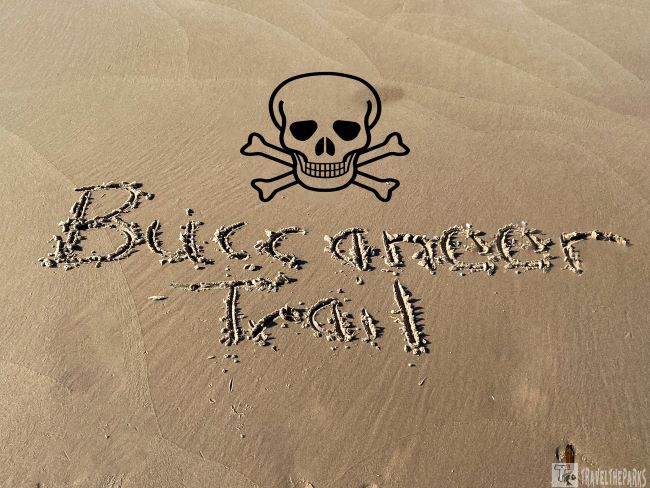
Uncovering the Pirate History of Fernandina Beach on the Buccaneer Trail
They named Fernandina Beach in honor of King Ferdinand VII of Spain. Today the historic downtown is an eclectic collection of eateries, boutique shops and Victorian-era architecture, many on the National Register of Historic Places. The riverfront city harbored many famous pirates, smugglers, and bootleggers. The contraband did not just include stolen treasure, many traded slaves, and liquor. Names such as Jean Lafitte, Blackbeard, and Captain Kidd anchored here, but the most notable pirate was Luis Aury. In 1817, the French privateer along with Gregor MacGregor attempted to occupy the island, claiming it as a Mexican Republic. However, US forces took the island back after 4 short months.
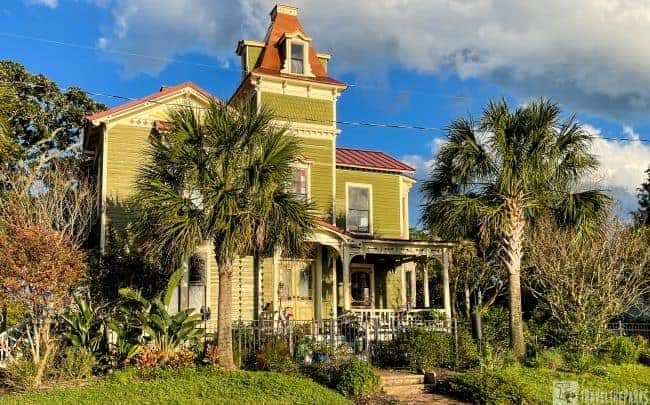
Old Town is the original town site settled in 1685. They constructed Spanish Fort San Carlos on the high bluff overlooking the Amelia River in 1816. Although no remnants of the original fort remain, the quaint Fernandina Plaza Historic State Park commemorates the parade field once known as Plaza San Carlos. Beautiful historic homes border the grassy park in Old Town. Particularly notable is the Captain’s House circa 1888. It was nicknamed the Pippi Longstocking house after the movie filming in the early 1980s.
The town of Fernandina Beach moved a mile south in 1853 to accommodate the terminus of the eastern railway. Today, the original 1899 train depot serves as the Amelia Island visitor’s center.
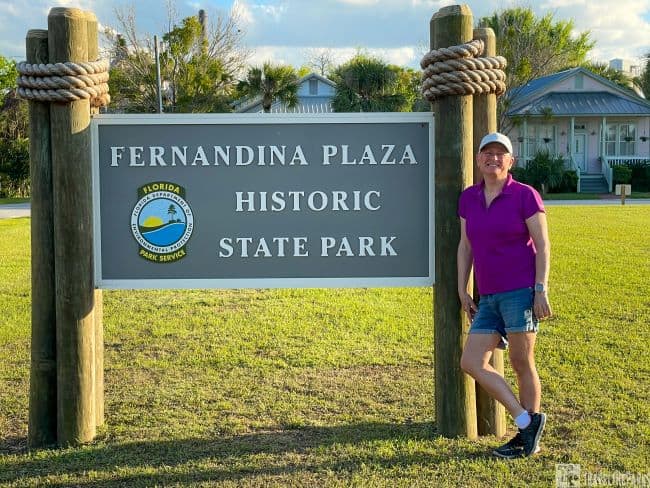
The Isle of Eight Flags: A Rich History in Fernandina Beach
At 233 South Third Street, be sure to stop into the Amelia Island Museum of History. Established in the old Nassau County jail, the exhibits detail the relationship the community has with the sea. The artifacts create a timeline from the earliest inhabitants through the occupation of early Europeans, including the development of the shrimping industry. The museum has a fun scavenger hunt for the kids. Admission fee is reasonable.
For Buccaneer lovers, visit the Maritime Museum of Amelia Island. It has treasure recovered from shipwrecks and maritime artifacts displayed devoted to the history of the area. It was exciting to see all the treasures left behind by pirates. Best of all, a tour is free!
Rumored to be haunted by ghosts, the iconic Palace Saloon (circa. 1903) claims to be the oldest bar in Florida. The place is reminiscent of a bygone era. Be sure to try the Pirates Punch, it’s a house specialty!
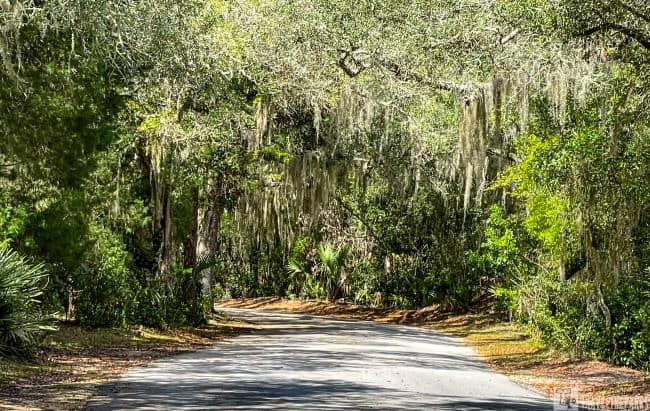
Fort Clinch State Park: Uncover Pirate History and Coastal Beauty
A worthwhile detour off the A1A is a stop at Fort Clinch State Park. The road into the park is a magnificent canopy of live oak trees. Spanish moss hangs from the branches reminiscent of Old Florida. At the end of this beautiful tree lined road, visitors will find historic Fort Clinch Visitor Center. Pay your entrance fee here, then step across to the museum. Despite the small size, it feels like you are in a different world as you wander the museum. The video is worth the time to watch. The re-enactor fascinated us with his tales and personal experiences. Exiting the museum, a short trail leads to the fort.

Note: Driving a vehicle through the entry gate, it’s $6 per vehicle for Fort Clinch State Park. The fort is an extra $3.00.
History buffs can explore the fort at a laid-back pace. Interacting with the re-enactors only makes the step back in time more real. We wandered all the well-preserved buildings, truly stepping back in time. The views from the ramparts over the Cumberland sound are breathtaking. Later we walked the beach searching for treasures left by the tide.

Princess Amelia, daughter of King George II of England, inspired the name of the island. Strolling along the expansive 13-mile beach on this northernmost island is a favorite pastime. You will not find hoards of tourists here, especially in the winter months. The best beaches are Fort Clinch State Park, Peters Point Beachfront Park, Nana Dune at American Beach or Amelia Island State Park.
Note: If you plan to spend the day, pack plenty of water, snacks, sunscreen, bug spray, sunglasses, beach towels, and remember your camera.
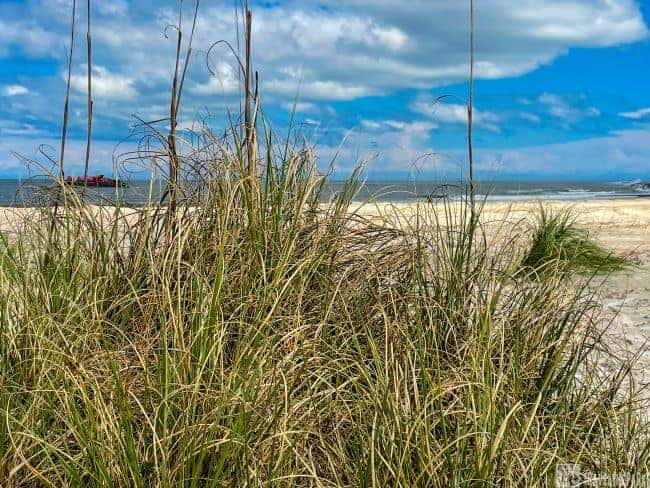
Relax on Amelia Island’s Scenic, Award-Winning Beaches
I tried to imagine what A1A must have looked like when the Buccaneer trail was conceived in the 1950-1960s. The road must have had smaller beach houses sporadically along this stretch of road. Today, multimillion dollar homes line the road, making it difficult to even see the beach.
Wandering Fort Clinch State Park Atlantic side beach, it was beautiful, quiet, no traffic sounds, just water hitting the coast. This beach was a hidden gem – almost had it to ourselves. A gorgeous spot! A few miles down the road are the other beaches.
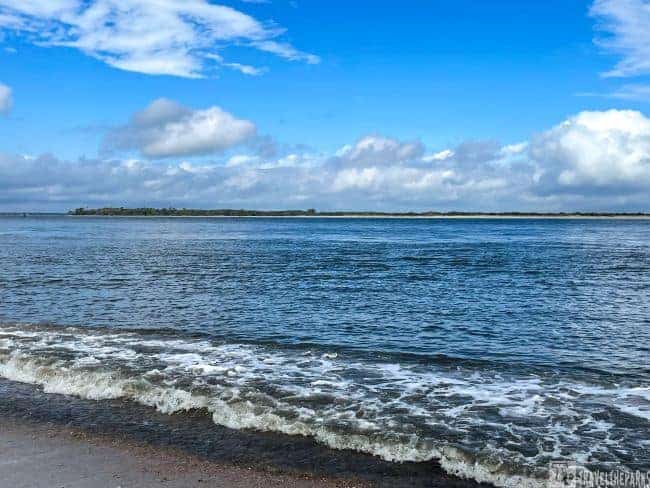
American Beach, a part of the African-American Heritage Trail. It was Florida’s first African-American beach. Founded in 1935 by Abraham Lincoln Lewis during the time of segregation. In the “American Beach Museum” visitors can experience the heydays of this resort community and its residents. American Beach falls under the national parks protection-Timucuan Ecological and Historic Preserve. Visitors will also find Nana is the largest dune in Florida. MaVynee Betsch, aka “The Beach Lady” is credited with saving the 60-foot dune system.
Peters Point Beachfront Park is a where you can find Amelia Island Horseback Riding. There is nothing like riding on the beach at sunset. A truly amazing experience for anyone’s bucket list. Our next stop on the Buccaneer trail is Big Talbot Island.
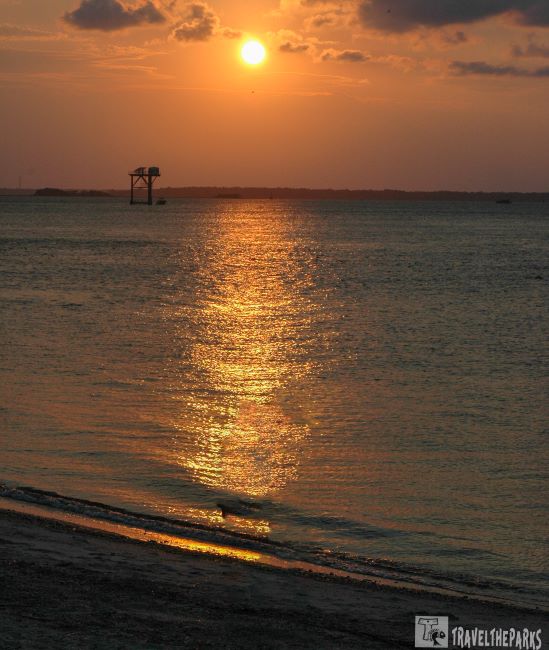
Buccaneer Treasure Boneyard Beach: A Historic Treasure at Big Talbot Island State Park
Big Talbot Island is a birdwatchers paradise. A part of the Great Florida Birding Trail. In winter, hoards of migratory waterfowl frequent the waters of the Spoonbill Pond. The shallow lagoon at the foot of the George Grady bridge is located directly across from the Sawpit Creek Boat Ramp parking lot. There is a raised 0.5-mile wooden boardwalk is an ideal location for viewing the many diverse species of birds. Bring binoculars, a scope if you have one. On the day we stopped, white pelicans, great egrets, bald eagles and various size herons were easy to spot. A mile further on A1A is the bluffs picnic area. A short 0.5 mile trail leads to hidden treasure.
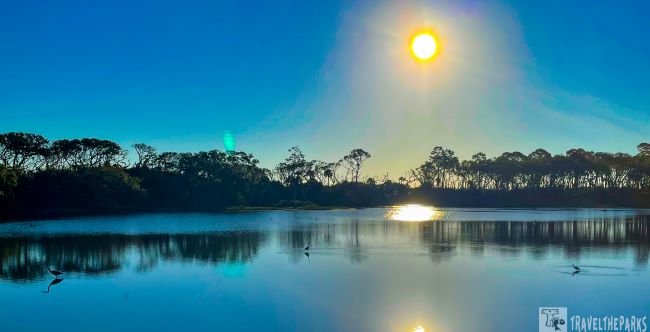
PRO Tip: Parking in this Florida State park is $3.00 per car. It is recommended to have exact change. At the kiosk, place money in the envelope and then deposit the envelope in the lockbox.
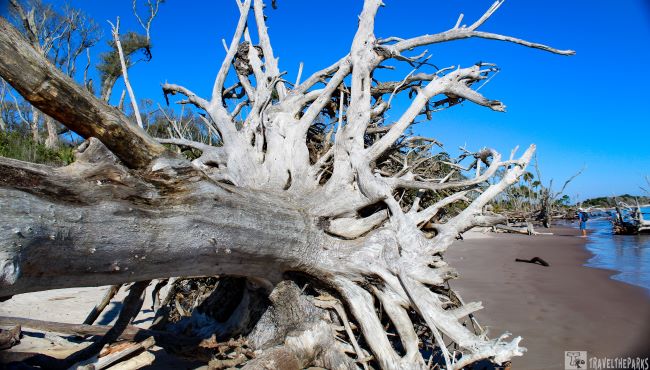
Our favorite stretch was the undeveloped Boneyard beach. It was surreal walking out to the beach. As far as the eye could see were the endless sun-bleached skeletons of oak and cedar trees. Wind and waves of the Nassau sound have eroded the treelined bluffs. Not a swim beach, it is an amazing place for photography. The sunrises and sunsets are one of the primary draws, but the carcasses of the trees very much to make this a boneyard. A few miles down the beach is the Black Rocks, a natural compact muck that resembles rocks. It is a good place to fish or search the tidal pools for trapped crabs and other sea life at low tide. Heading south, our next destination is Little Talbot Island.
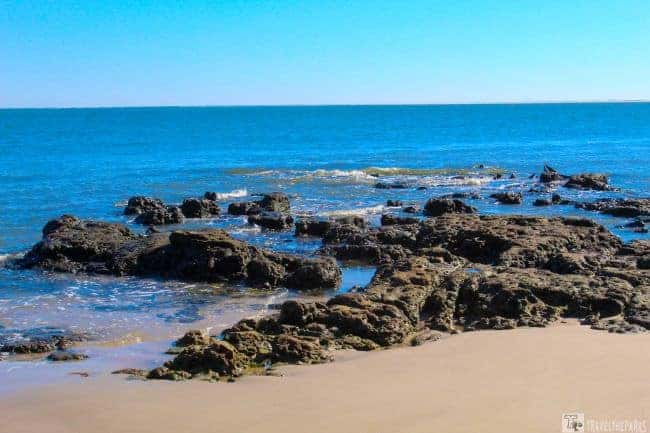
Little Talbot Island: A Swashbuckling Haven on Florida’s First Coast
Both Big and Little Talbot Island State Parks have hiking trails. The 4-mile Dune Ridge Trail loop is a flat trail that is partly through shaded maritime hammock and the return loop is along the beach. Little Talbot has 5-miles of undeveloped beach. An excellent spot to find gopher tortoises. Off the beaten path, the flat expanse of sand is perfect for swimming. Hard packed it is also an ideal place to bike. Near the southern end of the island, there are splendid views of the naval base and the mouth of the St. John’s River.
PRO Tip: You also want to wear beach clothing with a bathing suit and cover-up. Highly encourage you to bring sun protection too. Be sure to pack a small cooler with food, drink and snacks.

Timucuan Ecological & Historical Preserve: A Walk Through Florida’s Past
Often overlooked, the Timucuan Ecological and Historic Preserve is 46,000 acres of maritime hammock, sand dunes, coastal wetlands, sandy beaches and riverfront salt marshes. A National Park unit comprises unique properties that include unspoiled Cedar Point, Fort Caroline National Monument, Kingsley Plantation, and American beach. The United States Congress established the preserve in 1988.

Discover the History of Kingsley Plantation on Florida’s First Coast
Fort George Island State Cultural Site is home to the Kingsley Plantation. What a magnificent piece of history hidden away on Fort George Island. Visitors can explore the grounds of the plantation. This self paced tour includes the plantation workers quarters, barn, waterfront, plantation house, kitchen house, and interpretive garden. There are kiosk signs everywhere detailing the history of the plantation. There is also an audio tour “the Lion’s Story Teller” you can take by scanning a QR code at the visitor’s center and they have a map of the grounds. We discovered many aspects of plantation life that helped to bring to life this historic place. Kingsley Plantation is open 9:00 am-5:00 pm daily.
The St. John’s River Ferry Service connects A1A in Mayport and Fort George Island. It is a quick way to avoid the traffic congestion of Jacksonville. The ferry is only $8 on weekends, $7 on weekdays. If you download the app, you save a dollar. The St. Johns River Ferry departs every half hour.

Fort Caroline National Memorial: Colonial History on Florida’s Buccanner Coast
A quick side trip off the A1A on a high on a bluff overlooking the St Johns River is the strategically located Fort Caroline. Noted for having shell mounds dating back 7000 years. The Timucuan called it Where the Waters Meet. The park is a historical treasure. First established as La Caroline by the French explorer Jean Ribault. The Huguenots were escaping religious persecution in France.
When Admiral Pedro Menéndez learned of the settlement, he and his cohorts attacked the fort, killing those that could not flee. They felt the French were infringing on the territory of Spain. They did not want to share this new country. Trade and plunder gained the Spanish riches. However, their chief interest was St Augustine a few miles south. Today, a replica of the fort is visible along the banks of the river. It is only a short hike from the Visitor’s center. Visitor’s Center Hours are 9:00 am-5:00 pm daily.

Hike Spanish Pond and Scenic Trails at Timucuan Preserve
If you have additional time, try hiking a few of the trails. We combined the Spanish Pond Trail with the Timucuan and Willie Browne trails to make a loop. The Round Marsh Wildlife Observation Tower has superb views of the salt water marshlands. Other noteworthy sites are the Willie Browne cemetery and cabin foundation and grave of Civil War veteran John Spearing.
PRO Tip: Don’t forget to bring your bug spray! For maximum protection, use it in combination with permethrin-treated clothing to prevent ticks and mosquito bites.
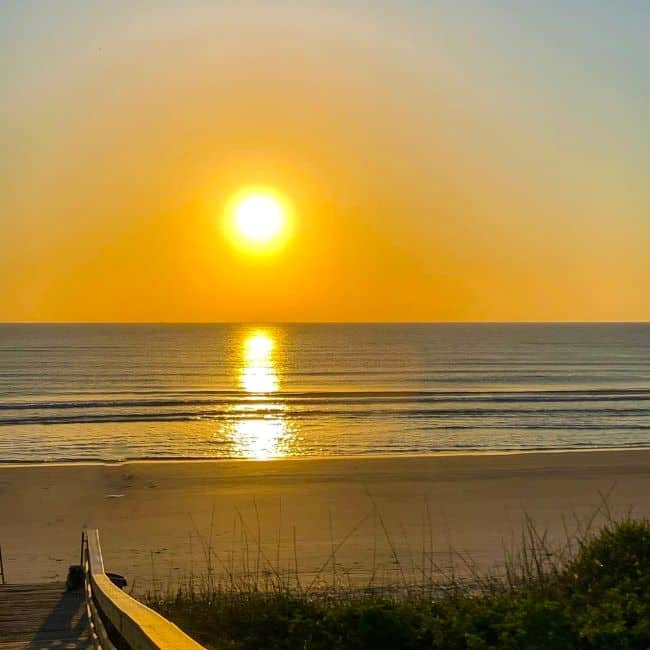
Discover Jacksonville and the Treasures Just Beyond the City
Jacksonville beaches are ideal for a day of relaxation. As you pass through Ponte Vedra Beach, the unmistakable affluence is hard to miss. I imagine it was very different when the Buccaneer Trail first opened. From Vilano Beach, we crossed over the Tolomato River into St Augustine.
![Statue on a stone pedestal with flags and trees in a park.
Transcribed Text:
JUAN PONCE DE LEON DISCOVERER OF FLORIDA […] MARCH 1513 THIS LAND WHICH HE CALLED LA FLORIDA ESTABLISHING A RIGHT OF POSSESSION UNDER THE SOVEREIGNTY OF THE CROWNS OF SPAIN AND CASTILE FROM WHICH THIS COUNTRY DERIVES THE NAME OF FLORIDA THIS MEMORIAL ERECTED BY PONCE DE LEON’S DESCENDANTS IN THE RICHEST AGRICULTURAL SECTIONS OF SPAIN AUGUST 1909.](https://www.traveltheparks.com/wp-content/uploads/2022/04/StAugustine-PonceDeLeonStatue-Watermarked-650-C.jpg)
Buccaneer Pirates of St. Augustine: Florida’s Colonial Defenders and Raiders
Founded by Europeans, St Augustine is the oldest city in the United States. Did you know St. Augustine also has a pirate history? Many swashbucklers found a haven in St. Augustine. The St. Augustine Pirate & Treasure Museum authentic pirate artifacts, including Captain Kidd’s personal collection. The Golden Age of Piracy exhibits are historically accurate and top-notch. Kids can even go on a treasure hunt! The pirate-guided tour with Captain Mayhem is a real Buccaneer adventure.
St Augustine has lots of historic landmarks and attractions to explore. The Castillo de San Marcos, the 16th-century Spanish fort, is a must-do when you come here. After walking the shops along St. George Street, there was enough time in the day to take in this historical gem. We took a self-guided tour, and the signage was clearly written, and user friendly. There are many 18th century cannon and mortars exhibited, and a cannon firing demonstration by re-enactors using Spanish commands.
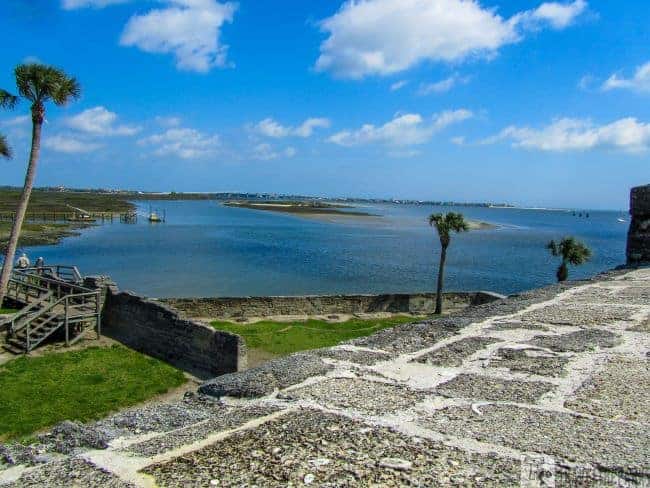
Discover the Fountain of Youth Archaeological Park. This is an interesting stop and provides yet another look into the fascinating history of St. Augustine. Of course you cannot leave without drinking from the Fountain of Youth spring!
Leaving St Augustine on A1A, you cross over the Bridge of Lions. We made a quick stop at the St Augustine light before the highway heads towards the beach. Continuing south, the highway passes by Anastasia Island State Park, St Augustine Beach (worth a side trip to the pier) and Crescent Beach.
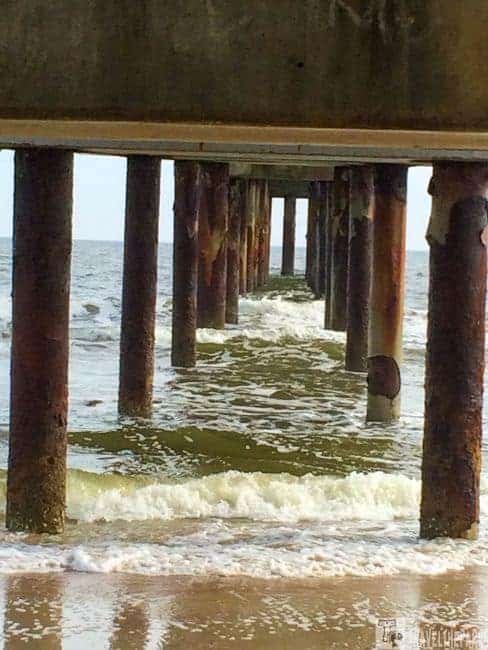
The “Slaughter” at Fort Matanzas: A Dark Chapter on the Buccaneer Trail
Fort Matanzas National Monument comprises 100 acres of preserved barrier beaches, dunes, and maritime hammock. The centerpiece of the park is the coquina watchtower fortification constructed in 1742. Build as protection from invaders seeking to enter the Matanzas River from the south, to attack St. Augustine. This tiny outpost could easily command and control the shallow inlet of any oncoming threats.
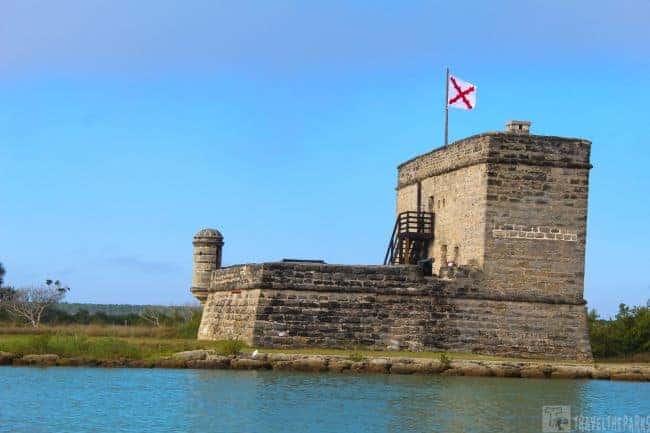
The fort derives its name from a battle that took place 200 years prior. General Pedro Menéndez de Avilés regarded the French who built Fort Caroline to be interlopers. In 1565, As Frenchman Jean Ribault sailed to rid St. Augustine of the Spanish, a hurricane carried his ships far to the south, destroying them close to present-day Daytona Beach and Cape Canaveral. They began the long trek back to Fort Caroline. In the early hours of 1535, Pedro Menéndez and his men confronted the French at the Matanza’s inlet, killing all but a few in a terrible massacre. Matanzas meaning “slaughters” in Spanish.
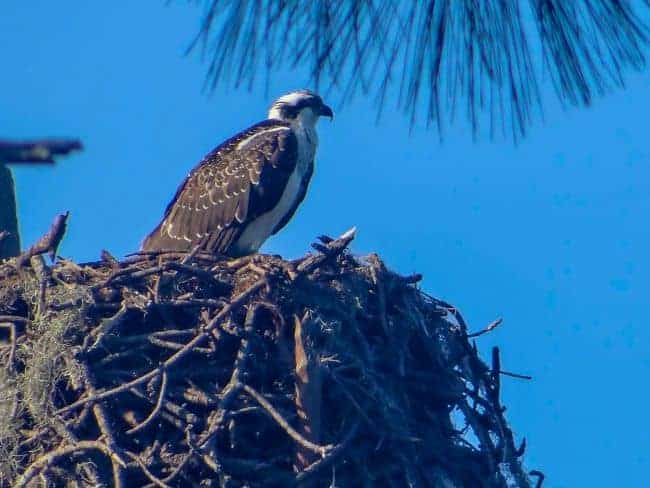
Stopping at the visitors’ center near the entrance to the park, you can get tickets for a free ferry to Fort Matanzas. Tickets are on a first come, first serve basis. The tickets go fast, so we recommend arriving early. The boat ride to the 1742 Spanish fort in the early morning fog was amazing, as dolphins swam in our wake. Their ranger narrated tour only takes 30-minutes. A true historic jewel. Boat trips depart every hour at half past; first trip departs at 9:30 am, the final trip of the day departs at 4:30 pm. All trips depart, weather permitting. Turning south on A1A, we continue toward Daytona Beach.
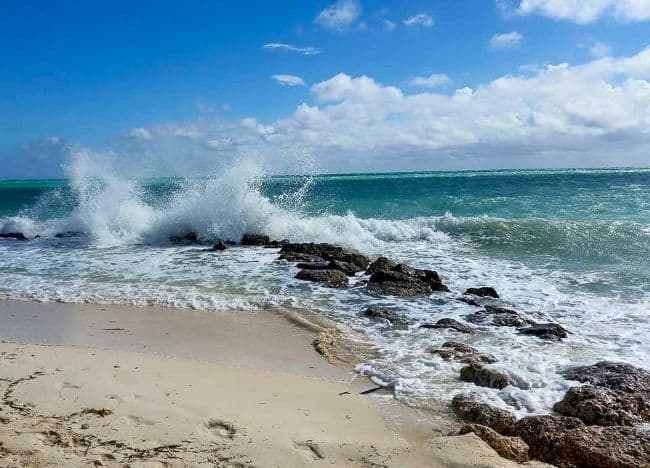
Washington Oaks Gardens: Unearth Hidden Booty Along Florida’s Scenic Coast
Just after leaving Marineland, you will find a small treasure on the Buccaneer Trail at Washington Oaks Gardens State Park. Outside the City of Palm Coast, is Washington Oaks Gardens State Park on the intra-coastal preserves 425 acres of coastal marshlands, oak & magnolia hammocks, scrublands and unique coquina rock beaches. Famous for its formal gardens, springtime is a showcase of blooms. Nature trails crisscross the park through unspoiled Florida coastal scrub forest. A great place to stop and enjoy a picnic lunch. Our trip has been wonderful as we near the end of our journey on the Buccaneer Trail.
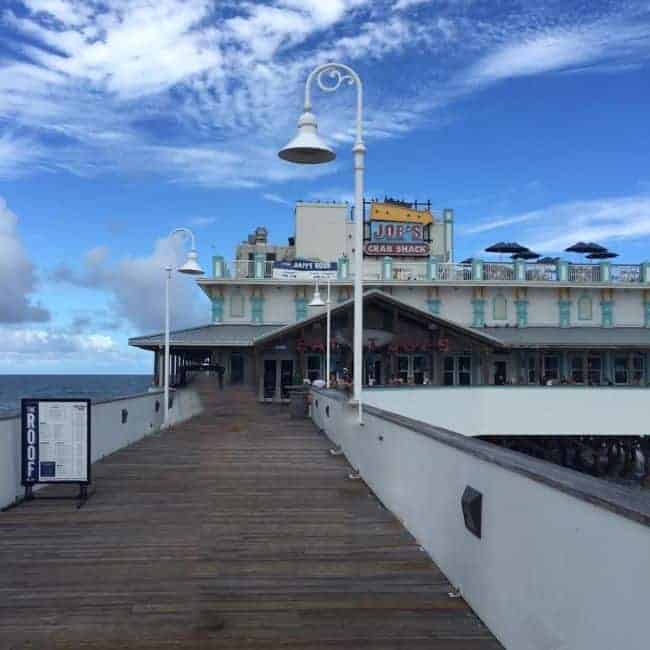
Daytona Beach: A Prized Gem on Florida’s Atlantic Coast
World famous for the beach boardwalk, Main Street Pier and the International Speedway, Daytona has been a spring break destination for thousands. Off season, the beach can be spectacular.
The iconic Daytona 500 race draws NASCAR enthusiasts each February. If you feel the need to speed, one option is to try the NASCAR Racing Experience. A knowledgeable drive instructor will have you racing around the track in an authentic NASCAR race car. If you have a fear of speed, a more toned down activity is a quick tour of the Motorsports Hall of Fame of America.
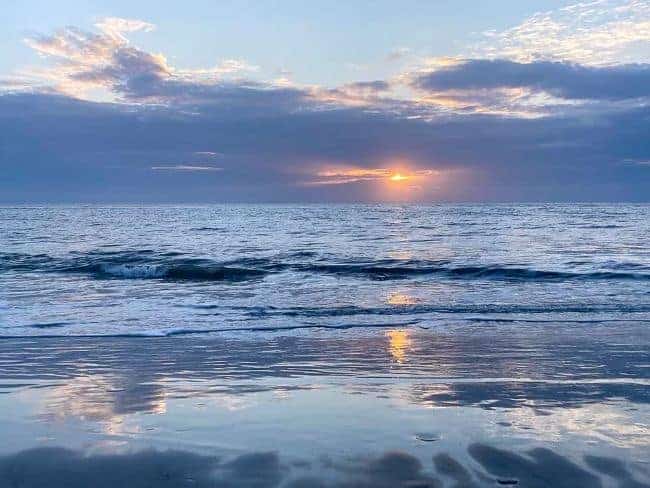
We explored the nostalgic 1920s boardwalk, eating samples at Zeno’s Boardwalk Sweet Shop and playing arcade games. The Ocean Walk Shoppes and amusement rides are a welcome diversion from the hot sun. An absolute must for beach lovers is watching the sunset from 1000 foot long Daytona Pier. The hard packed, white sand beach is drivable for a fee. Whether swimming, fishing or walking, this beach is ideal for family adventure.
The Ponce de Leon Inlet Lighthouse is Florida’s tallest lighthouse standing 175 feet. Constructed in 1887, the Ponce de Leon Inlet Lighthouse towers over the peninsula. National Historic Landmark is open daily for self-guided tours at minimal cost. Download the Self-Guided Tour Map. We climbed all 203 steps to see the amazing views of the inlet below. The third order Fresnel lens still active today helps mariners navigate the coastal shoreline. Be sure to explore the lightkeeper buildings and exhibits showcase vintage time pieces of a bygone era. The Lighthouse and Museum is open daily to the public at 10:00 am, except for Thanksgiving and Christmas Day. For us, Daytona Beach was an incredible experience!!
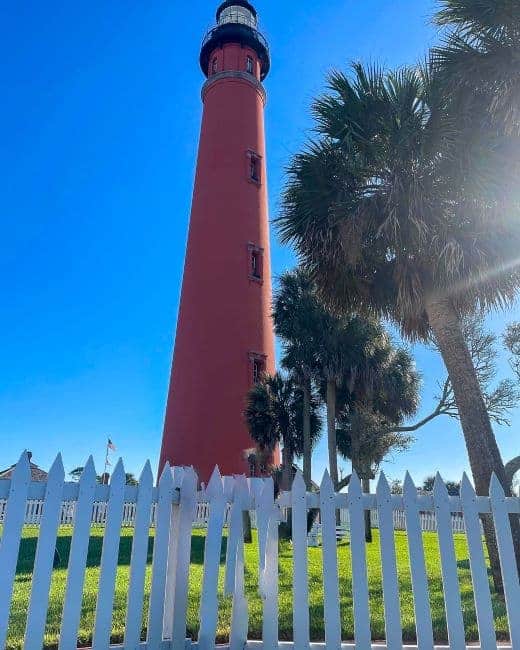
Final Thoughts: Treasure on the Buccaneer Trail: Florida’s Scenic Historic Coast
An epic scenic drive from Orlando, consider making the Buccaneer Trail your road for adventure! Honestly, we always thought pirates were mythical or something out of a fairy tale, but driving the Buccaneer trail brought home the reality of the pirates who once lived and thrived here.
Did you like this post about the Buccaneer trail? Leave a comment below-sharing is caring. Please be sure to Like, Share, or Tweet this post if you found it helpful or interesting.

